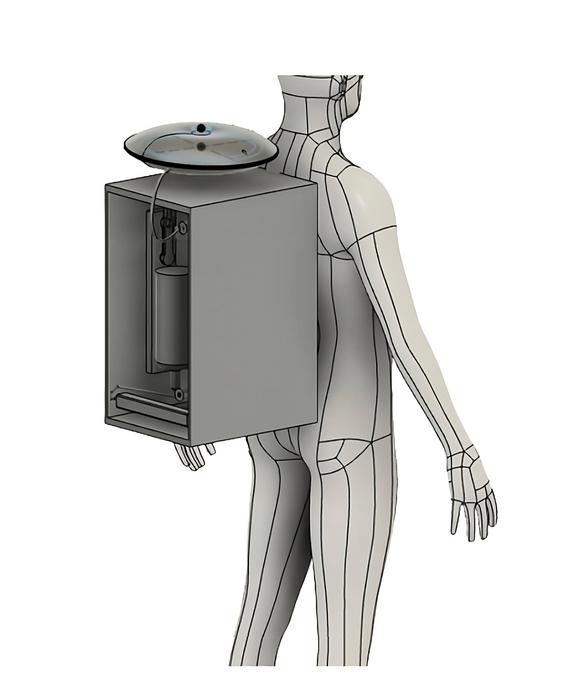The Tornado Science Of ‘Twisters’ And A Real Life ‘Dune’ Stillsuit
A meteorologist decodes the tornado science in the new ‘Twisters’ sequel, and researchers made a spacesuit inspired by the one from ‘Dune.’
Listen to Universe of Art on Apple Podcasts, Spotify, Google Podcasts, Stitcher, TuneIn or your favorite podcasting app.
“Twisters,” the long awaited follow-up to the 1996 movie “Twister” is out now. It’s about a scientist (Daisy Edgar-Jones) who goes back to her home state of Oklahoma to try and stop a massive tornado outbreak from wreaking havoc on its citizens. On the way, she meets a quirky cast of storm chasers, and butts heads with a band of unorthodox “tornado wranglers” led by a YouTube personality (Glen Powell). “Twisters” delights in name-dropping tornado jargon, and its science advisory team said they hoped to make the movie as accurate as possible.
The movie makes science thrilling, but it also shows the ways that tornadoes affect people’s lives in the real world. For example, earlier this week, the Chicago area was hit with multiple tornadoes during a night of extreme weather, leaving thousands without power, and four tornadoes hit upstate New York, killing one person. This comes after a powerful, and some say unusual, tornado season in the Midwest. But just how tornadoes will continue to change is still unknown.
Digital producer Emma Gometz talks with Dr. Bill Gallus, a meteorology professor at Iowa State University, to decode some of the science from “Twisters” and understand how real-life tornadoes are changing.

Plus, on the International Space Station, resources are precious. That includes every single drop of water—which is why astronauts drink their own filtered and recycled pee. That might sound a little undignified, but things get worse when astronauts go out for a space walk. If nature comes calling, their only option is a super-strength diaper.
Inspired by the stillsuits that recycle water in Frank Herbert’s ‘Dune’ series, researchers have come up with a way to keep astronauts clean, dry, and hydrated while they’re hard at work. They’ve designed a system that turns astronauts’ pee into nice, clean drinking water while they’re suited up.
The researchers reported on their prototype in the journal Frontiers in Space Technology. Guest host Rachel Feltman talks with Sofia Etlin, a researcher at Weill Cornell Medicine, about the inspiration behind the stillsuit and how it works.
Universe of Art is hosted and produced by D. Peterschmidt, who also wrote the music. Those original segments were produced by Emma Gometz and Rasha Aridi. Our show art is illustrated by Abelle Hayford. And support for Science Friday’s science and arts coverage comes from the Alfred P. Sloan Foundation.
Emma Lee Gometz is Science Friday’s Digital Producer of Engagement. She’s a writer and illustrator who loves drawing primates and tending to her coping mechanisms like G-d to the garden of Eden.
Rasha Aridi is a producer for Science Friday. She loves stories about weird critters, science adventures, and the intersection of science and history.
D Peterschmidt is a producer, host of the podcast Universe of Art, and composes music for Science Friday’s podcasts. Their D&D character is a clumsy bard named Chip Chap Chopman.